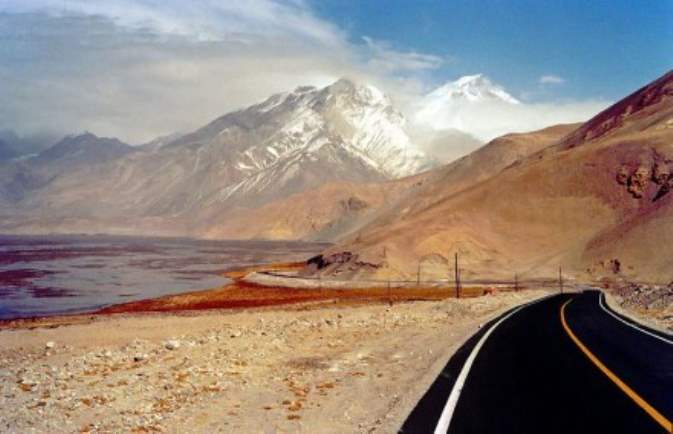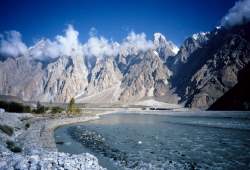The Karakoram Highway Road Trip: Following the Silk Road

Thousands of years ago, the legendary Silk Road connected merchants from various parts of Asia, Africa, and India. Though once a vital road to the lives of ancient peoples, very little remains of the old Silk Road—but if you wish to explore this magnificent region, you can drive through the Karakoram Highway, which connects China and Pakistan through an impressive infrastructure in the Karakoram Range.
The road is known as one of the most important structures of the modern world—the road traverses the Himalayas, which makes it the highest automobile-accessible road in the whole world. Many motorists prefer crossing the Khunjerab Pass and driving from Pakistan through China, but if you have limited time, the 501-mile stretch of the Karakoram Highway in the Pakistan side will definitely yield an unforgettable road trip experience.
You can begin the Pakistani leg of your Karakoram Highway adventure in Abbottabad (although the highway actually—and officially—starts in Hassanabdal). Motorists will encounter the historic rivers of the Indus and the Gilgit. Jaglot, where these two great rivers meet, is also the meeting point of three majestic mountain ranges—the Karakoram (where the highway got its name), the Himalaya, and the Hindukush. Nanga Parbat, one of the highest peaks in the entire world, can be seen from the Karakoram Highway.
What to See

There is plenty to see along the Karakoram Highway—it is not called as one of the wonders of the modern world just for a long stretch of paved road, it also has the highest amount of glaciers and peaks visible from the road. The Karakoram Highway makes for an unforgettable road trip thanks to its breathtakingly majestic scenery.
One of the most wonderful parts of the Karakoram Highway is the Hunza Valley, which is the inspiration for the novel and movie Shangri-La. Elevated at around 3,000 feet, the region of Hunza offers dramatic views of mountain ranges and riverscapes—the view alone will make you wonder if you have entered a portal into paradise. Rising up to 20,000 feet from the valley are breathtaking mountains including Ultar Sar, Rakaposhi, Bojahagur Duanasir II, the Hunza Peak, the Darmyani Peakm and Bublimating. A must-see site is the Baltit Fort, a 16th century structure that once housed the Mirs of Hunza, perched on the Karimabad.
Final Tip
The Karakoram Highway is not a year-round destination—the elevation and the climate of the Himalayan region means that the road is closed during certain months of the year. The tourist season is around May to October, as heavy snowfall in the region during winter often impedes safe road travel along the Karakoram Highway.
Many people tend to be scared of this highway—and with valid reason. If you are uncomfortable with traveling on your own, there are plenty of agencies that offer tours and transports for visitors who wish to follow the trail of the old Silk Road.
Is this a road trip you would consider doing? Why not rent a car from us and drive this route. You can book your Islamabad International Airport car hire here.
| Route Details | |||
| Start Point: | Abbottabad, Pakistan | Distance: | 501 miles (806 kilometers) |
| End Point: | Khunjerab Pass at the Pakistan-China Border | Estimated Days: | 7+ days |